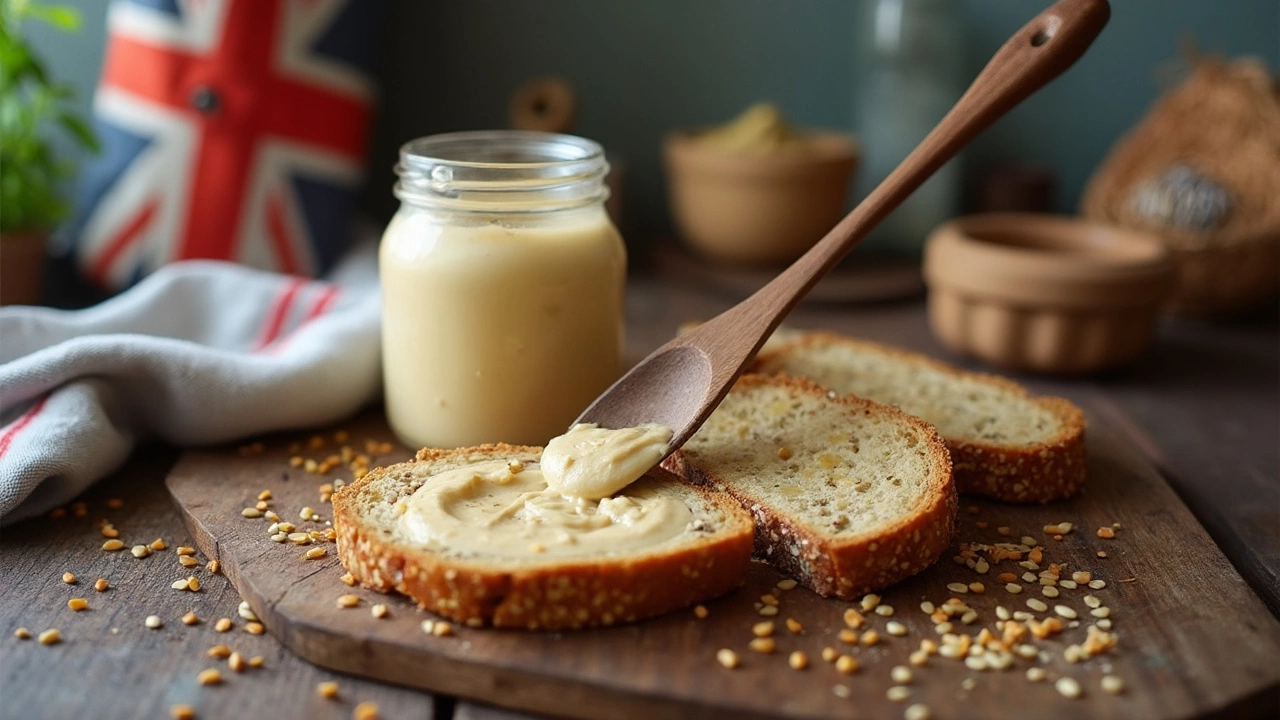
Is Tahini Gluten-Free? Everything You Need to Know
Curious if tahini is gluten-free? Get the facts about sesame paste, how it’s made, cross-contact risks, and tips for eating it safely on a gluten-free diet.
If you’re watching gluten, the first thing you ask yourself is, “Is tahini safe?” The short answer: pure tahini made from just sesame seeds and a little oil is naturally gluten‑free. But there are a few details worth checking before you toss a spoonful into your hummus.
Traditional tahini is simple – ground sesame seeds, sometimes a pinch of salt, and optionally a splash of oil to smooth it out. No wheat, barley, or rye in that list, so the core ingredient itself has zero gluten. Brands that stick to the classic recipe are safe for anyone on a gluten‑free diet.
Even if the recipe is clean, the manufacturing process can introduce gluten. Some factories grind sesame seeds on the same equipment used for wheat‑based products. That’s called cross‑contamination, and it can leave trace gluten in the final jar. If you have celiac disease or a strong gluten allergy, those tiny amounts might matter.
Here’s how to keep your tahini gluten‑free:
Big names like Al Ard, Soom, and Joyva often label their tahini as gluten‑free, but always double‑check the specific batch you buy. Smaller or private‑label jars might not have the same testing standards.
Another thing to watch is the storage container. If you keep tahini near spice mixes or sauces that contain gluten, you could accidentally sprinkle a bit of cross‑contaminated dust into your bowl. Store it in a clean, sealed container away from gluten‑laden pantry items.
For people with severe gluten sensitivity, you can also make your own tahini at home. All you need are raw sesame seeds and a food processor. Roast the seeds lightly, blend with a bit of neutral oil, and you’ve got a 100% gluten‑free spread you control from start to finish.
When you use tahini in recipes – think hummus, salad dressings, or baked goods – the gluten status of the other ingredients matters too. A gluten‑free tahini base won’t magically make a batch of brownies gluten‑free if you add regular flour. Keep the whole recipe in mind.
Bottom line: plain tahini is gluten‑free, but always verify the brand’s processing claims if you’re avoiding gluten for health reasons. A quick label scan, a note about the production line, or a DIY batch can give you peace of mind while you enjoy that creamy, nutty flavor.

Curious if tahini is gluten-free? Get the facts about sesame paste, how it’s made, cross-contact risks, and tips for eating it safely on a gluten-free diet.